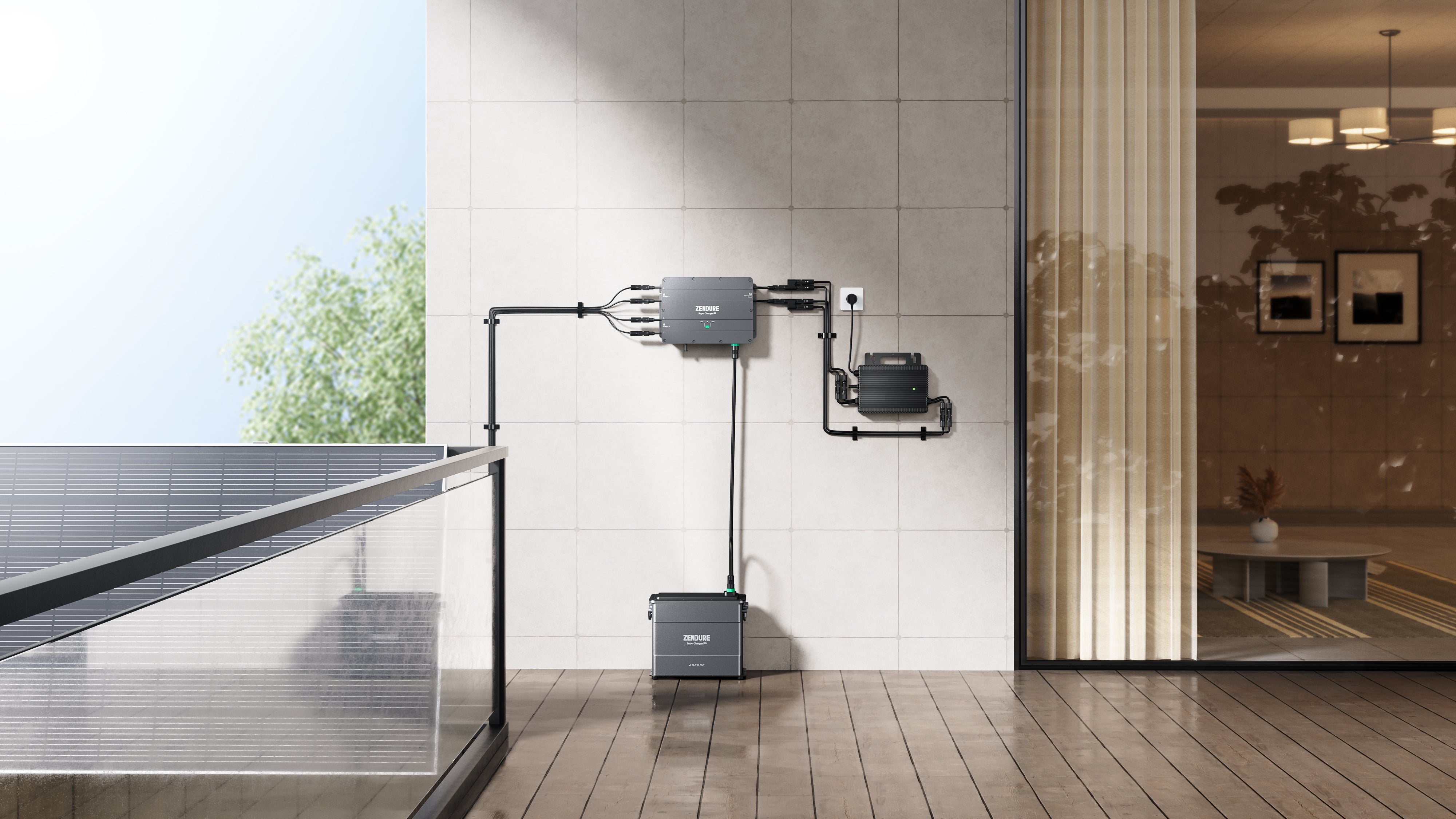
How a solar battery can expand your plug & play solar kit’s savings
At Robinsun, we recently launched solar batteries, to complement our plug & play solar kits. Customers have been very curious to learn more about these solar batteries. We want to answer the most common questions and show you how to maximize your power savings with a solar battery.
How does a solar battery fit with your kit
A solar battery generally goes between your kit’s panels and micro inverter. Our solar battery is a Zendure Solar Flow, composed of 1 Hub and 1 to 4 batteries of 1 kWh each that you can stack on top of each other. The Hub connects to a maximum of 2 solar panels of max 550 Wp (max 60 V) each. Check the user manual for tech specs. The Hub stores the panels’ AC power in the batteries. To feed it into your home’s power grid, the Hub takes AC power from the batteries and sends it to the micro inverter, which converts it to DC power used in your home. You manage this system through the Zendure mobile app, where you can see your panels’ production, set how much energy you want to send to your home and how much you store and check battery level.
Store excess energy
The most obvious benefit of adding a solar battery to your plug & play solar kit, is that you can store any excess power that you do not consume. Assume you checked your home’s power consumption and decided that 200 W is all you need to eliminate your “always on” consumption every hour, then every Watt your kit produces in excess of that is stored in your battery and used later, instead of feeding it into your power company’s grid. This avoids having to worry about excess energy being fed to the grid, as we described in an earlier post.
Extend your kit’s impact
Depending how much power you consume at home, once you start adding solar batteries, you might consider increasing your plug & play installation, to generate enough power during the day to use it also at night. For example, if your “always on” consumption is 200 Wh, to eliminate it throughout the entire 24h of the day, including at night, you need 4,8 kWh per day. If a kit of one panel generates about 2,5 kWh in a day, with a kit of 2 panels you can cover this. But how big does your solar battery have to be? If you assume 8 h of sunshine per day, this means there are probably another 6 h of light without full sunshine and 10 h of darkness. You need to store sufficient power for both the intermediate hours and the night. 14 hours of 200 Wh makes 2,8 kWh. In this case you would need a Solar Battery with a 3 kWh storage.


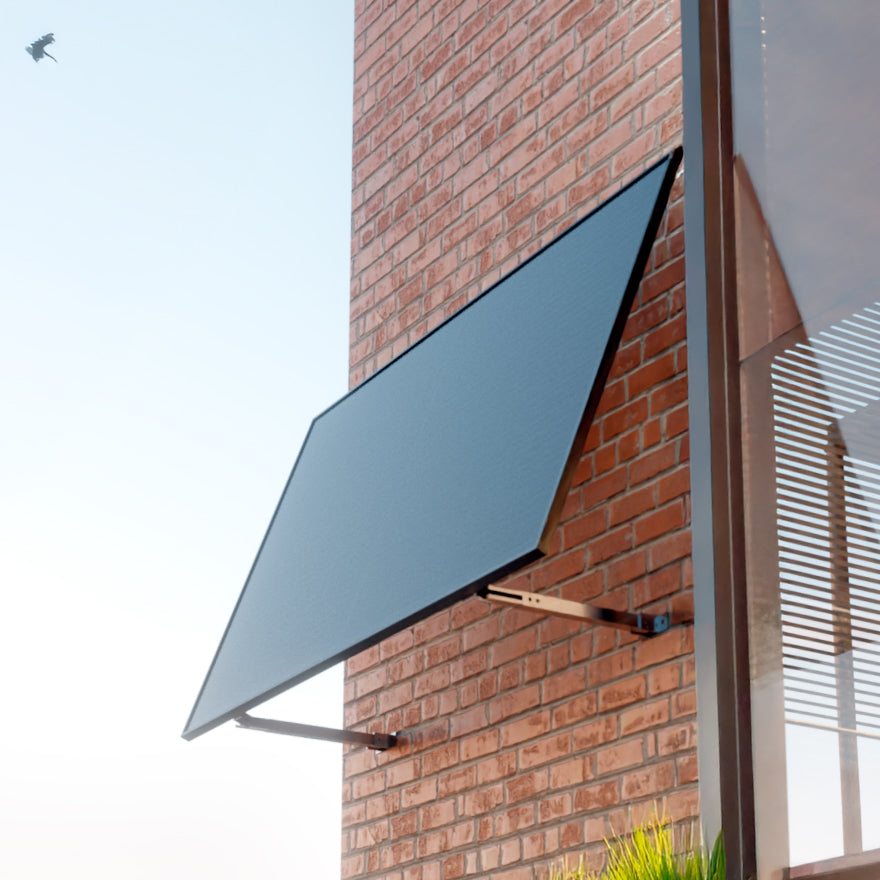
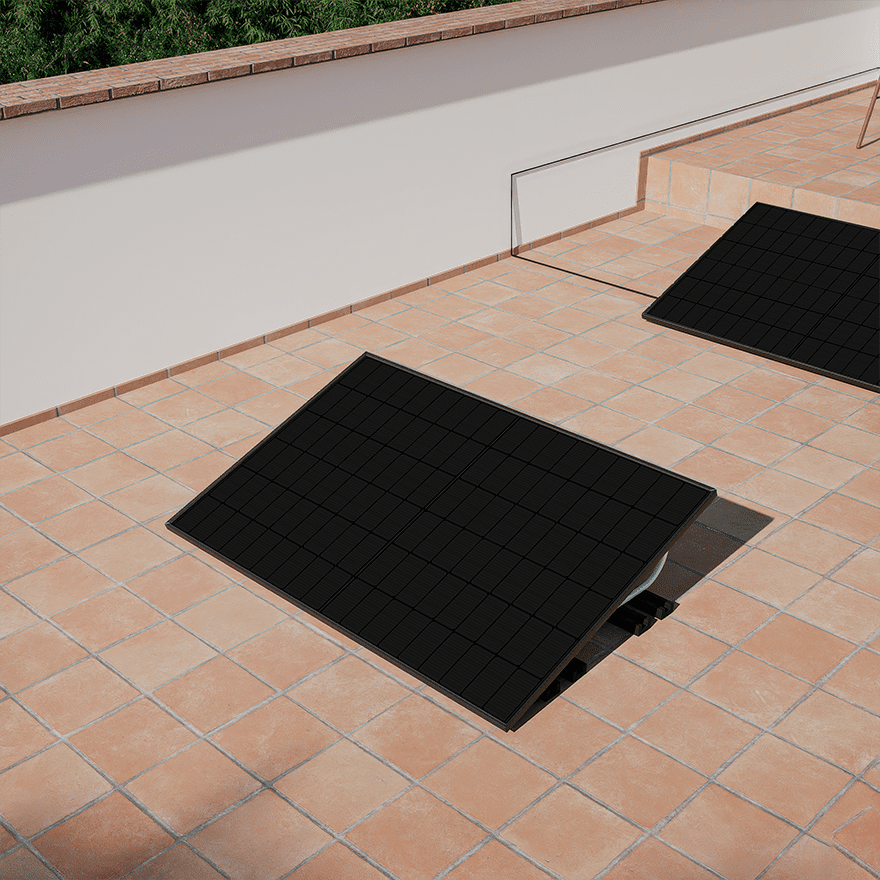
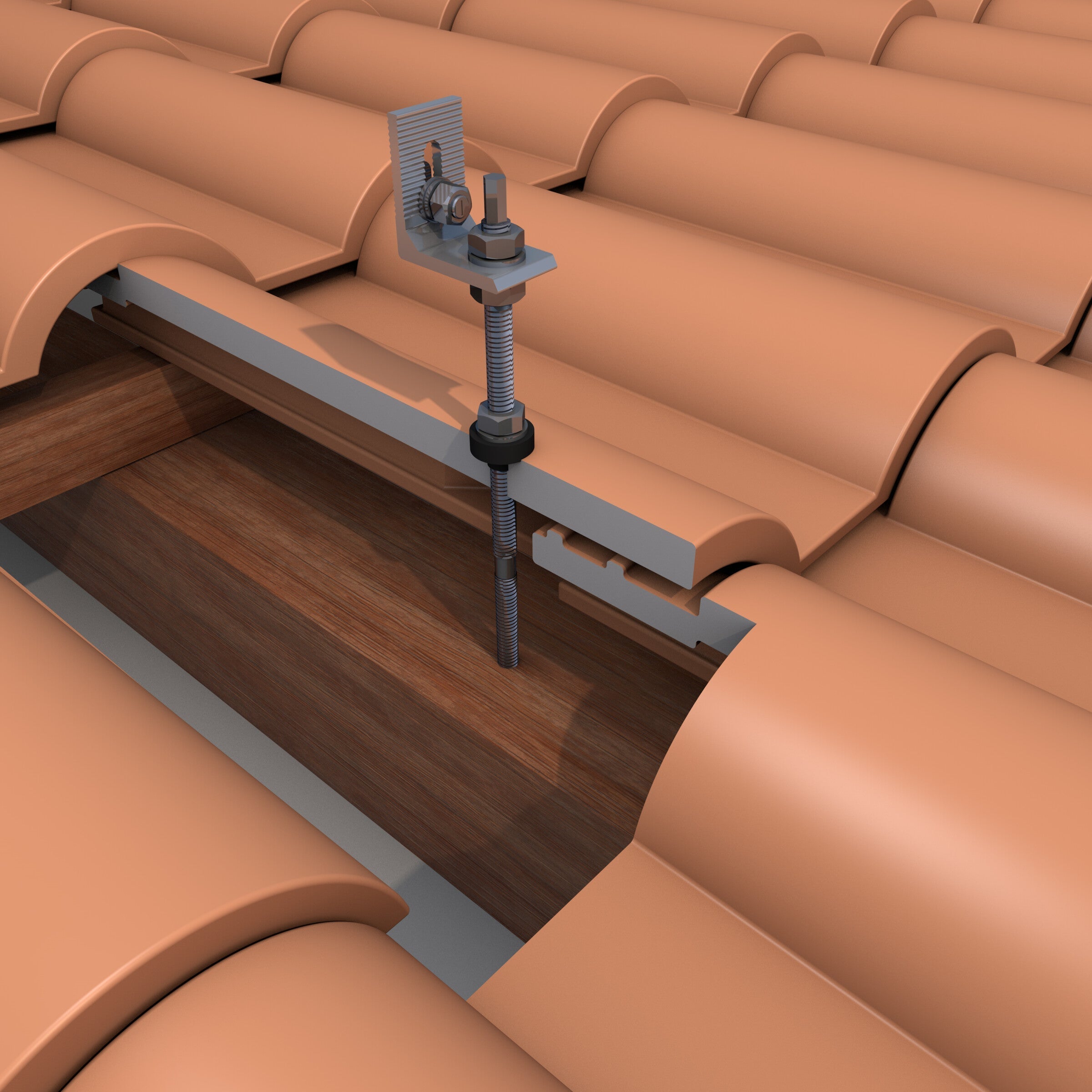
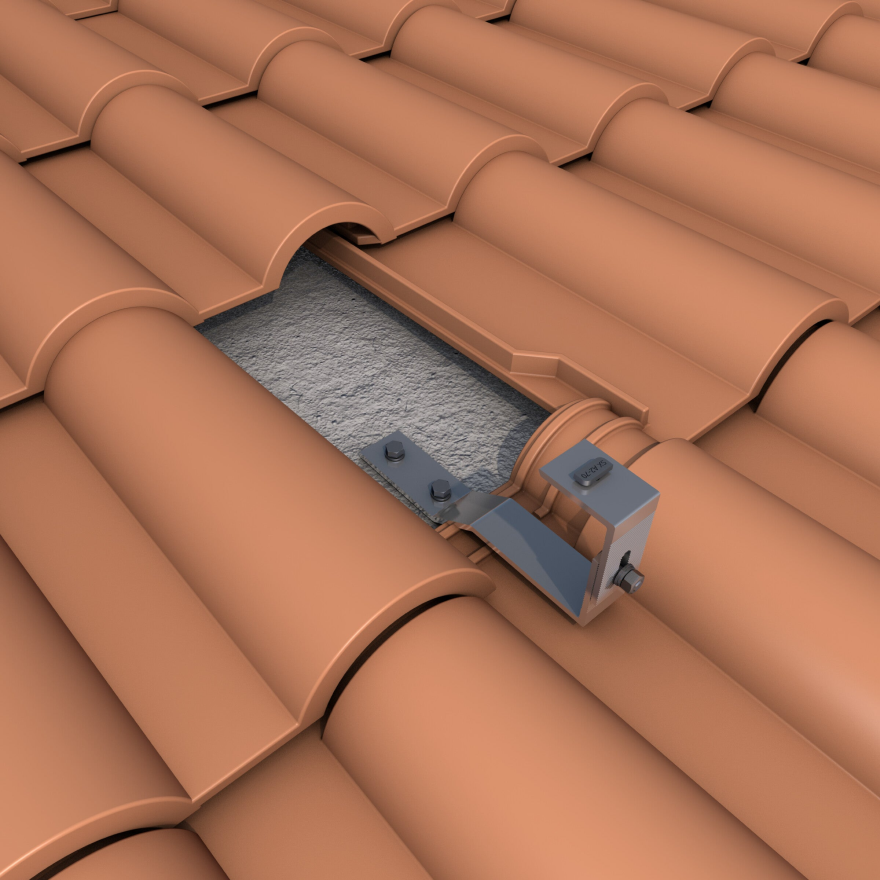
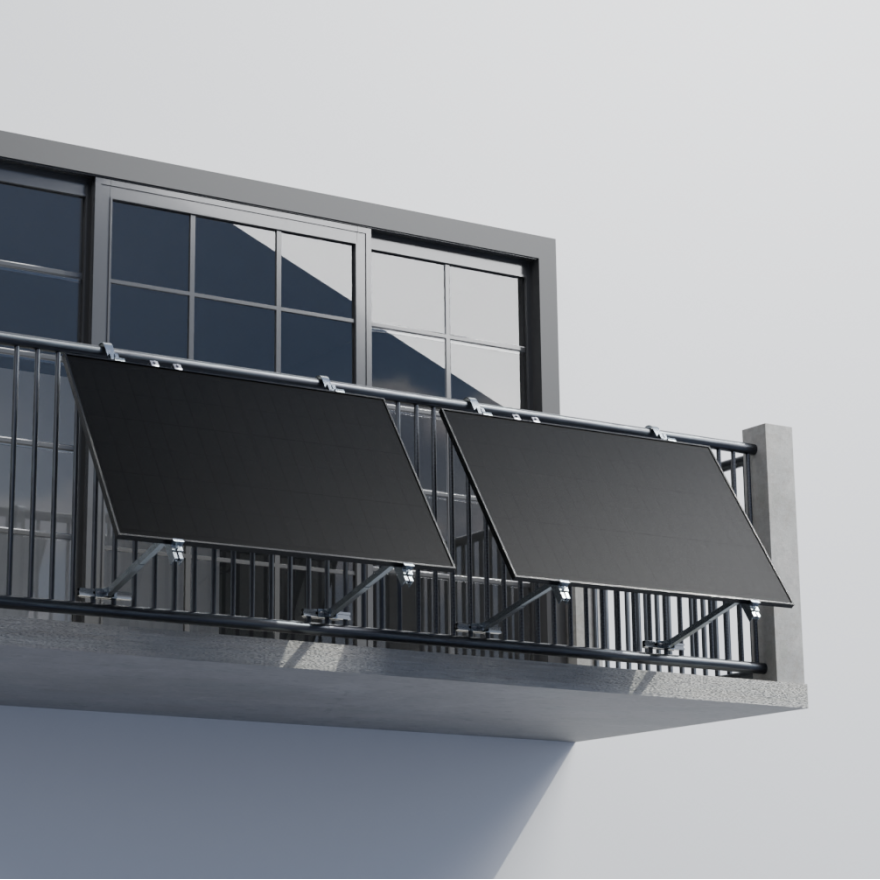
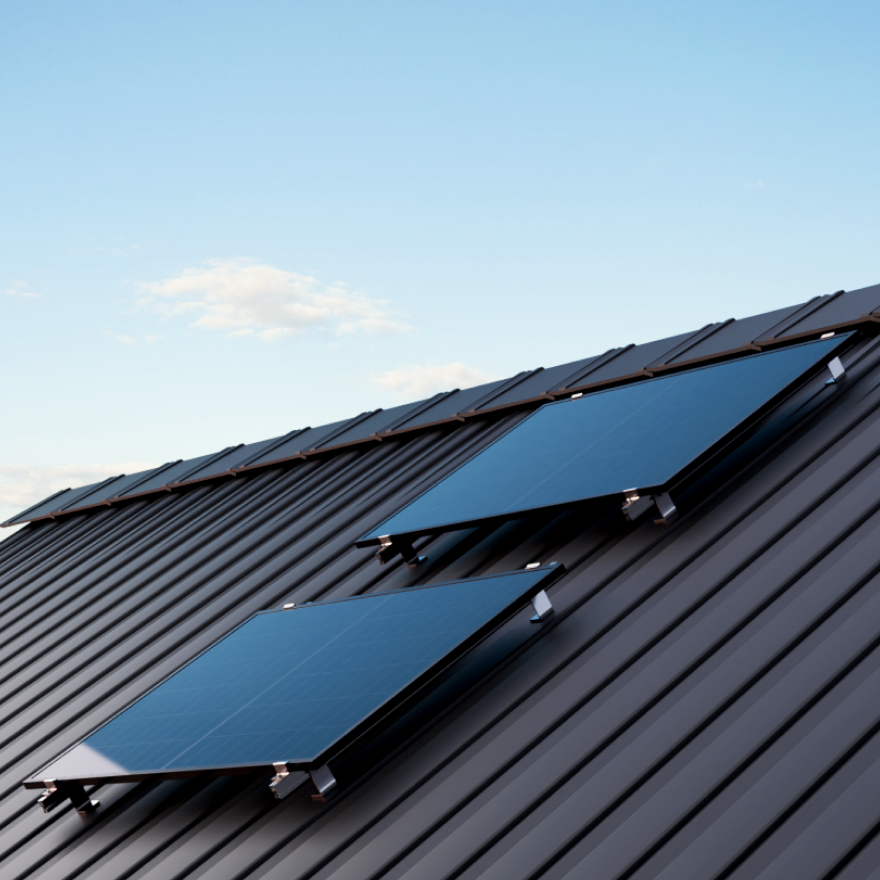
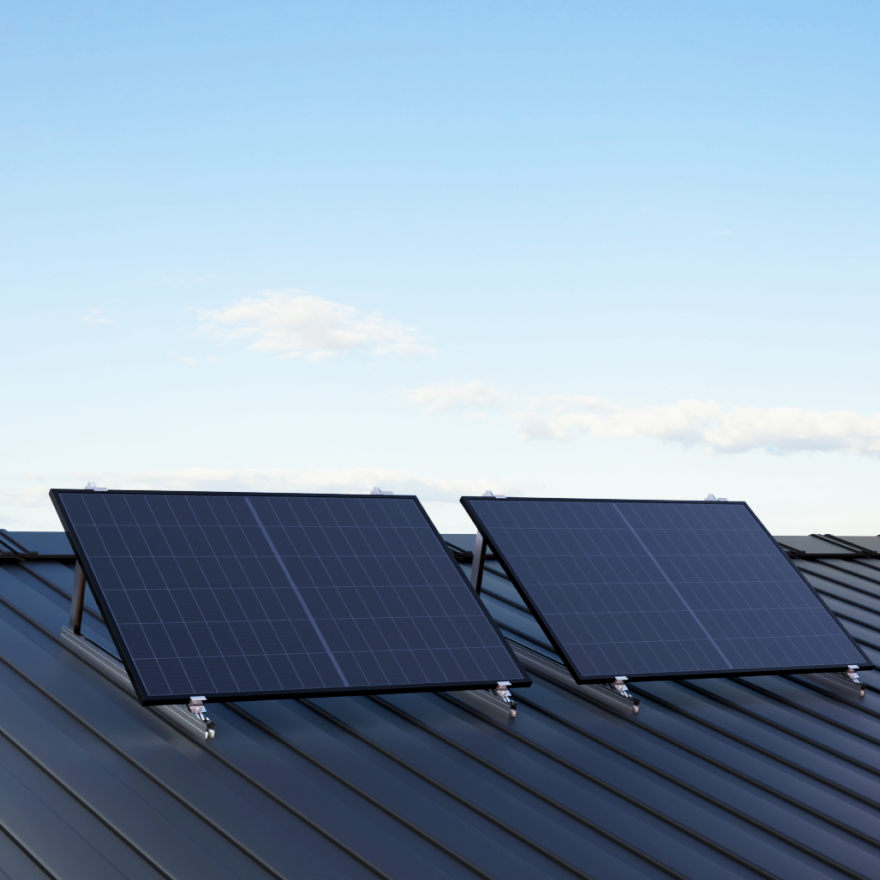
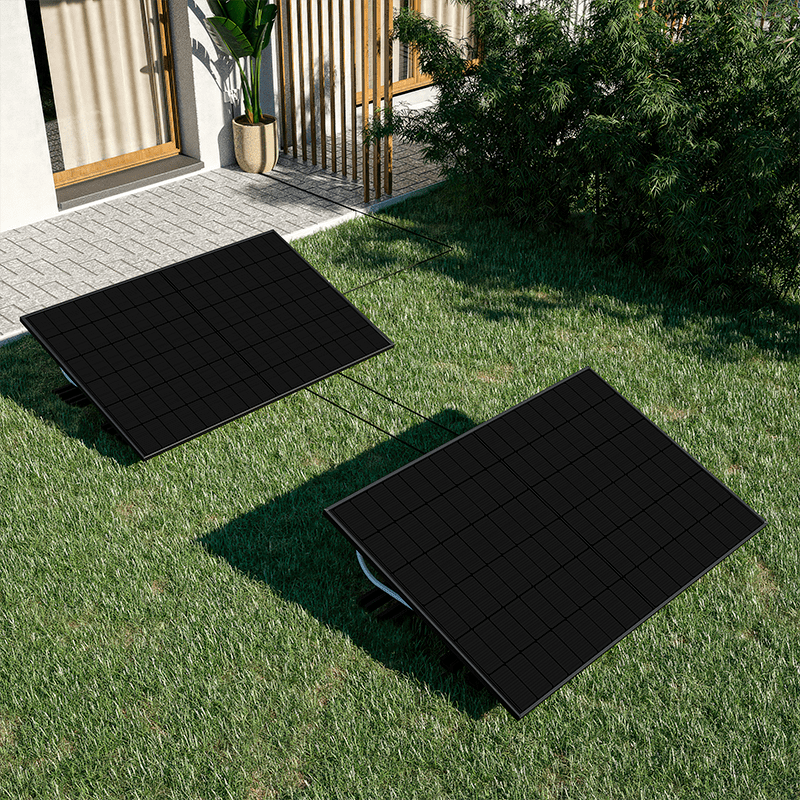
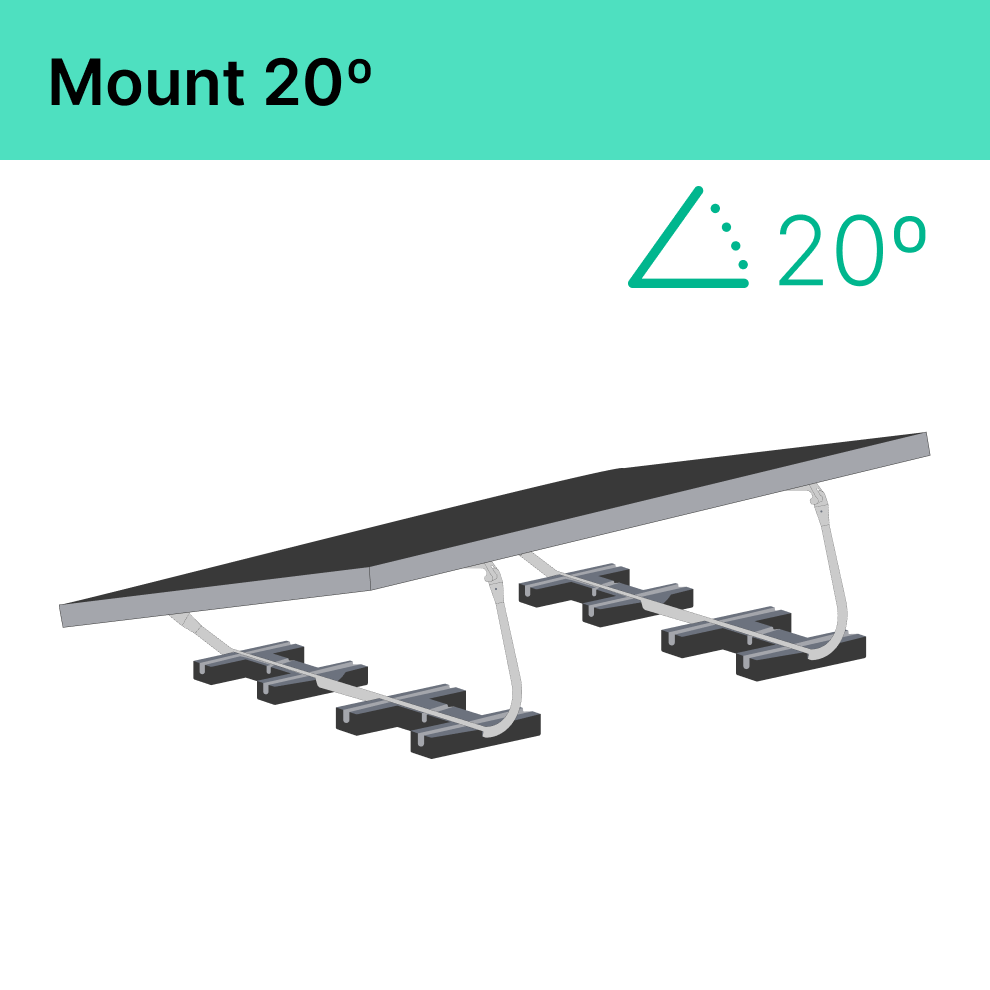
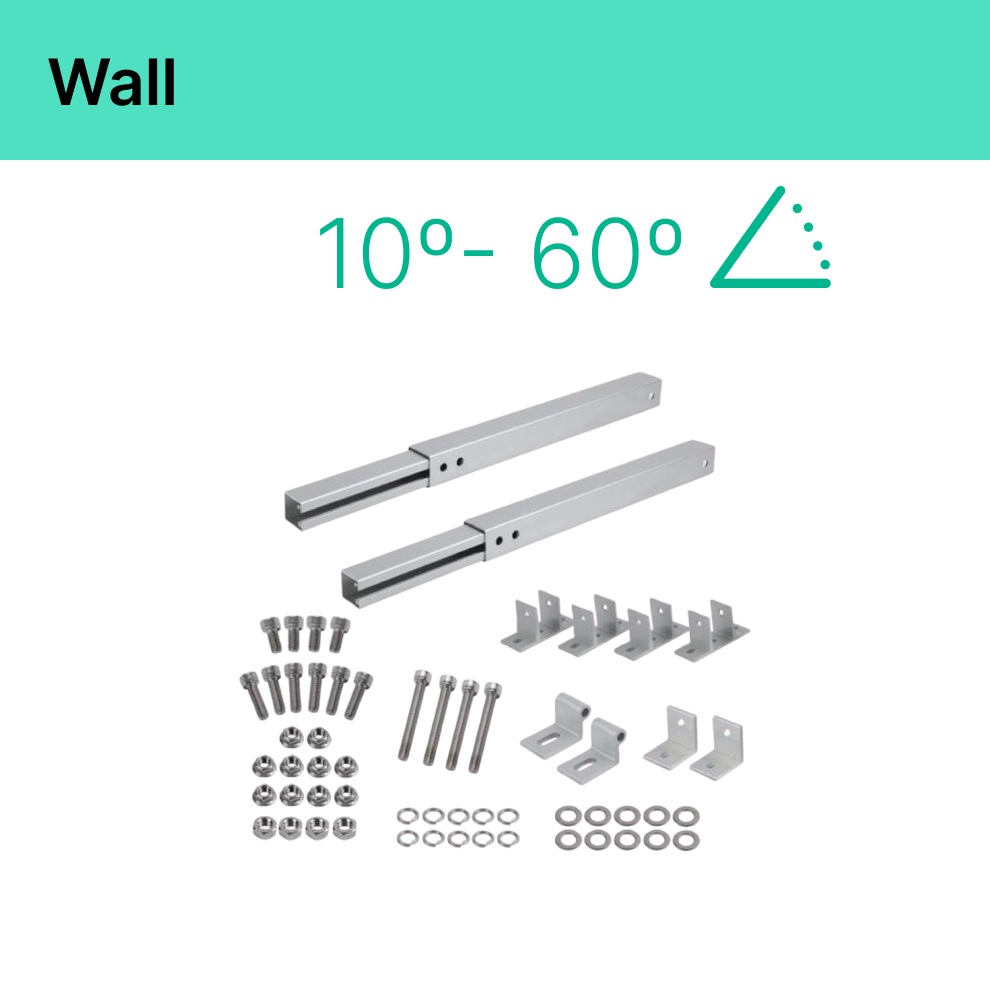
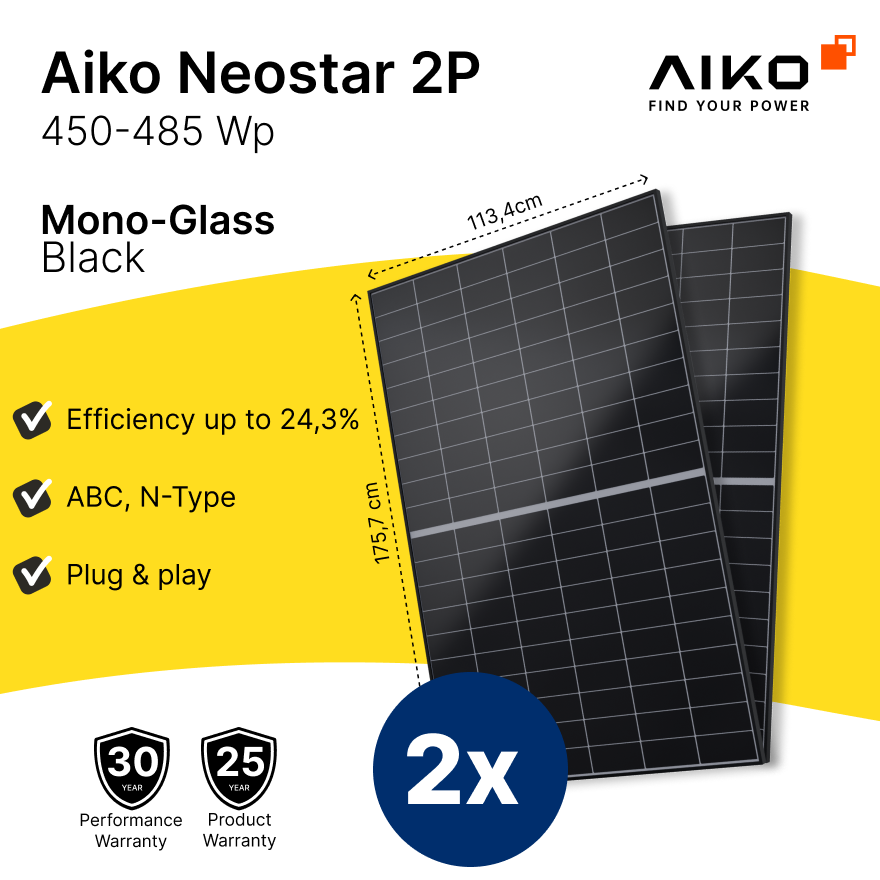
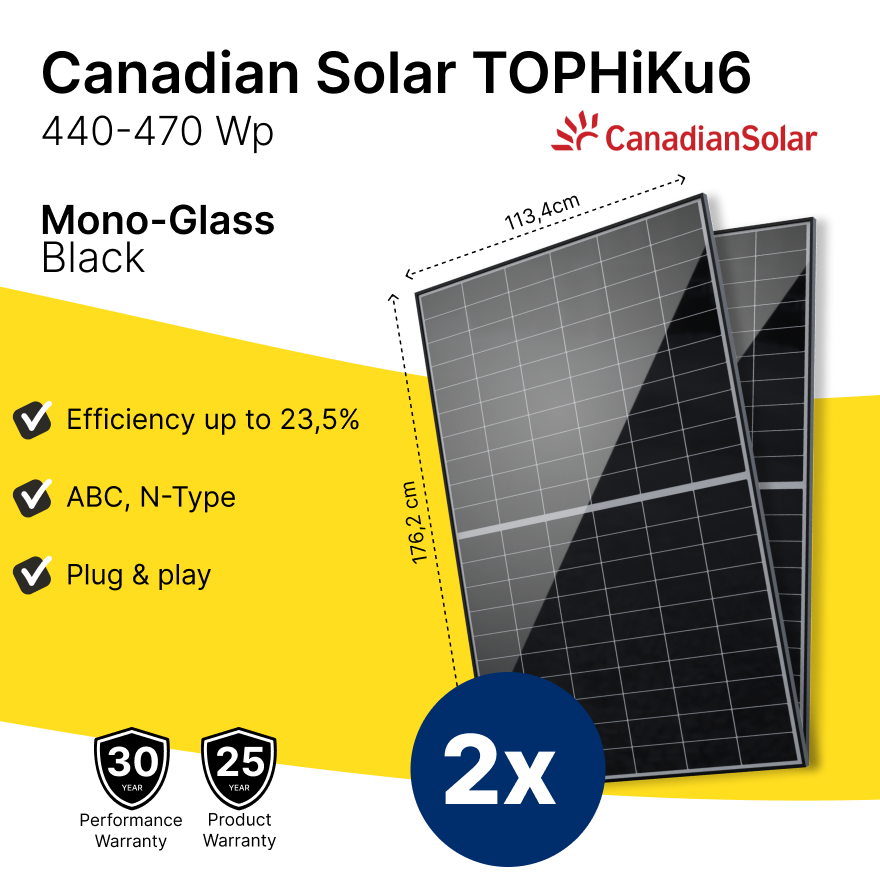
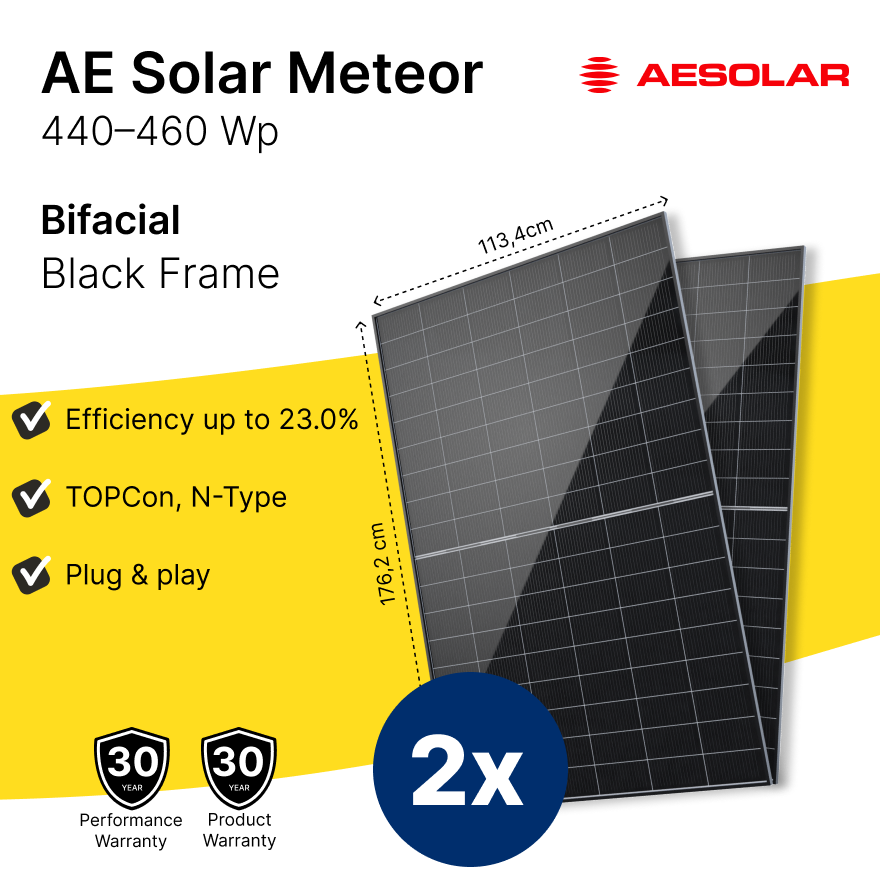
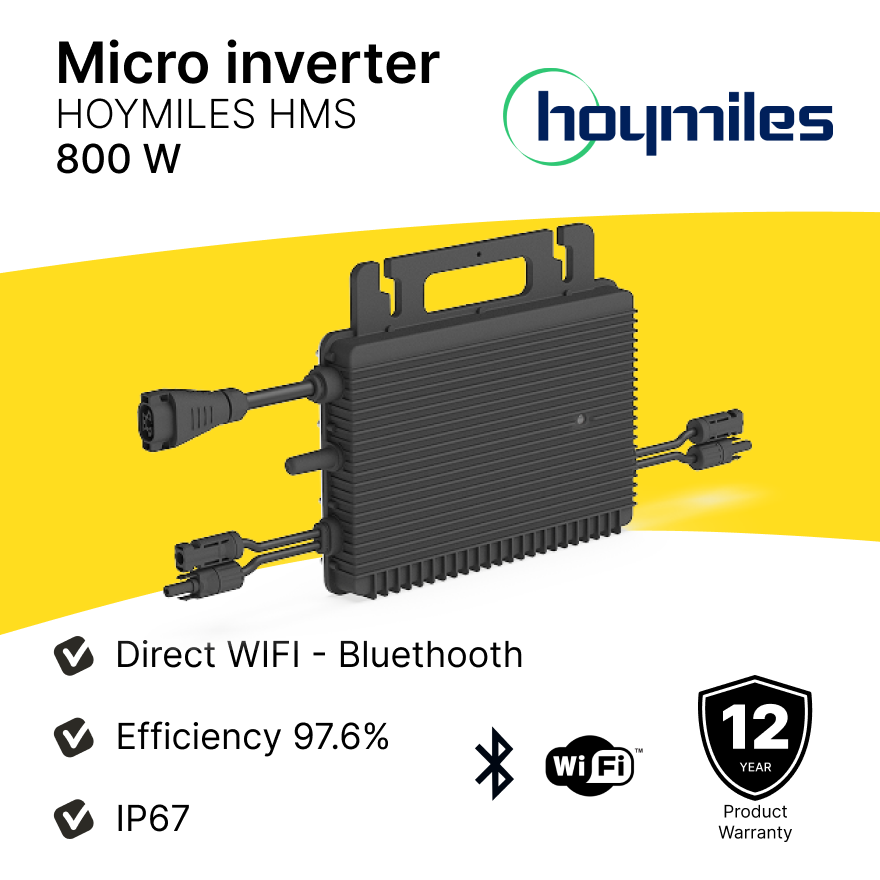
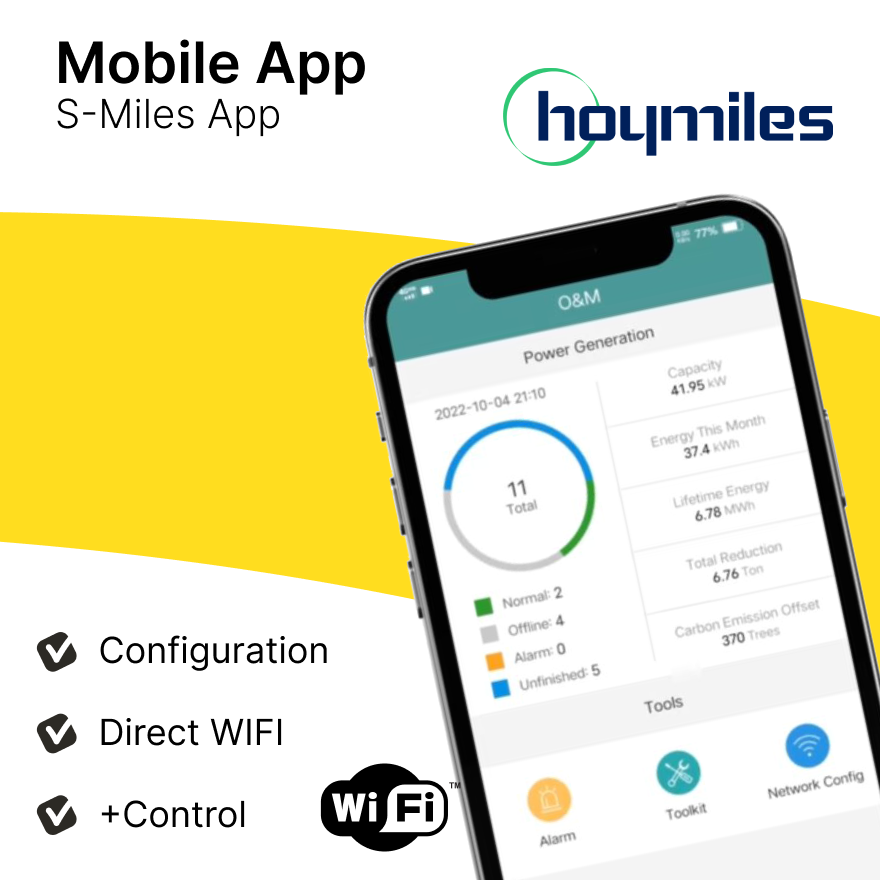
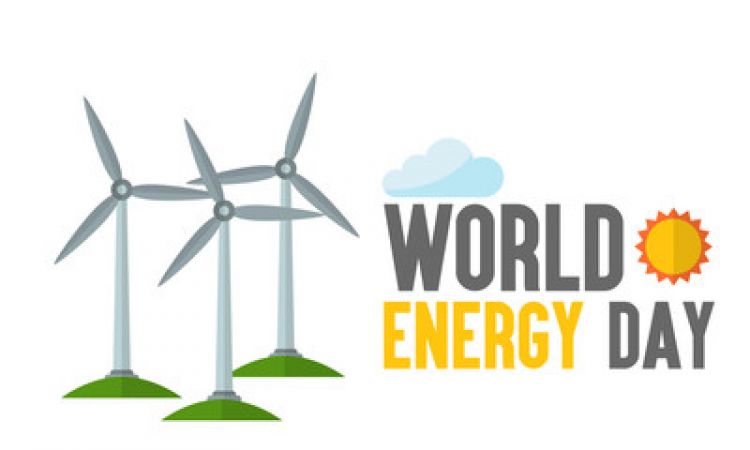
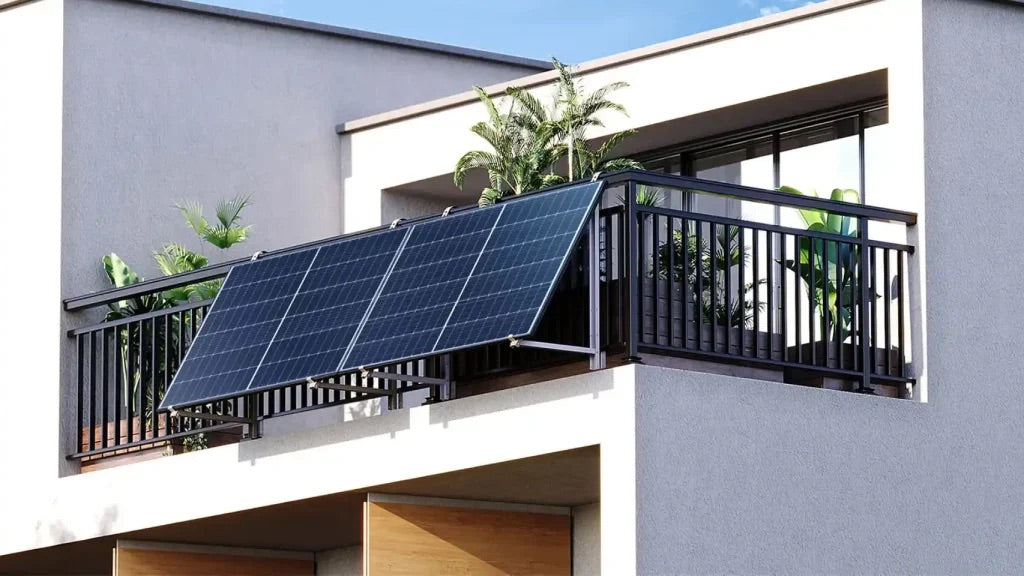
Laisser un commentaire
Ce site est protégé par hCaptcha, et la Politique de confidentialité et les Conditions de service de hCaptcha s’appliquent.